05 Jul
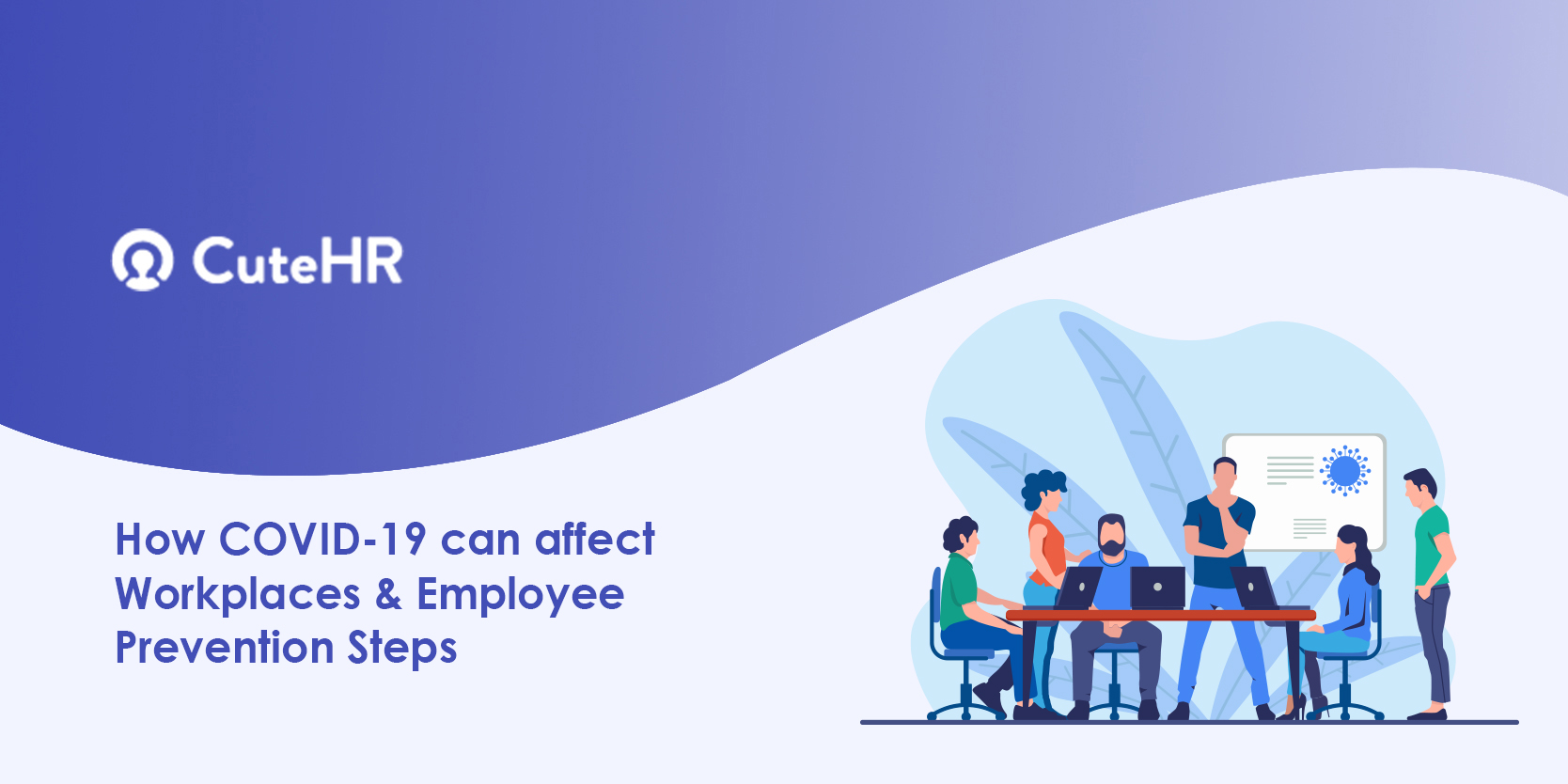
The virus that causes COVID-19 has the potential to cause extensive outbreaks and we have already seen it in action in many countries around the world. COVID-19 is disrupting the world on a large scale. It’s dramatically changing how we live, communicate, and conduct business. Put simply, COVID-19 is changing just about everything!
Due to widespread human-to-human spread, multiple areas of different countries around the world may experience outbreaks at the same time. Once COVID-19 community transmission begins, it is difficult for government authorities to trace people who may have possibly been infected.
In such a scenario, even a temporary lockdown in a city or state, where all businesses, educational institutions, places of worship, entertainment centers, and government offices except businesses and offices that support essential services remain shut for weeks or months, cannot permanently or conclusively remove the virus from an environment. Even one silent carrier can seed new COVID-19 outbreaks!
Put simply, we are in for a long haul. Well, until there is a vaccine.
As governments around the world make large-scale interventions in response to the COVID-19 pandemic, businesses are trying to rapidly adjust to the changing needs of their employees, customers, clients, vendors, and suppliers, while navigating a multitude of unforeseen operational and financial challenges.
Therefore, it is important for employers, business leaders, HR experts, and policymakers to understand how COVID-19 has and will affect workplaces and the various steps that employers can take to contain it.

Table of Contents
1. How COVID-19 Can Affect Workplaces
1.1. Reduced Employee Participation
During COVID-19 outbreaks, a high percentage of workers may be sick and unable to work.
Even if a worker has cold, cough, or fever but isn’t infected with the novel Coronavirus, s/he may be sent on leave as a precautionary measure.
In case schools or daycare centers are closed in an area, workers as primary caregivers may be unable to attend to work-related matters. They may also be caregivers for sick family members.
Workers’ participation may also drop if public transport services are affected by the COVID-19 outbreak.
1.2. Supply Chain Disruptions
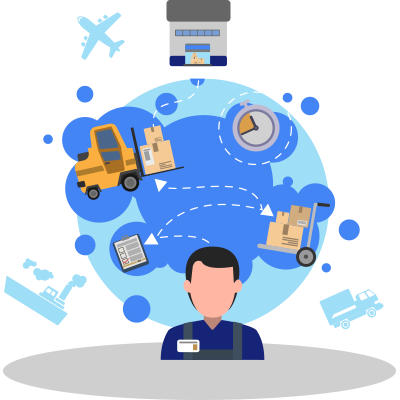
94% of the Fortune 1000 companies were reportedly experiencing supply chain disruptions due to COVID-19 outbreaks back in February. Today, even supply chains in smaller geographies are adversely affected by COVID-19.
Now more than ever, the smooth functioning of the supply chain is critical. Organizations that are engaged in the supply of goods and services need to do so quickly and safely, especially when they are catering to the needs of those who –
- Are at risk of COVID-19 infections
- Are at the frontline of medical response e.g. doctors, nurses, paramedics, researchers, etc.
- Support essential services in a community e.g. cops, sanitation workers, delivery workers, etc.
During an outbreak, supply chain disruptions are likely at both the global and local levels. Shipment of goods from an area hit by COVID-19, for example, may be delayed or even canceled with or without prior notification. Therefore, key participants in the supply chain, including direct stakeholders and facilitators, will have to be prepared to deal with such disruptions.
Supply chain organizations, while striving to meet the unprecedented demand for goods and services, need to rapidly adjust their operations, adapt to new changes, and look after the health and welfare of their employees, supply chain workers, and communities they operate in.
1.3. Impact on Operations
The COVID-19 pandemic presents a serious and unprecedented threat to businesses across the world.
Business process functions across most industry sectors are severely disrupted due to the pandemic crisis. The impact on business operations can be much worse in the near future as the vast majority of organizations are poorly equipped to deal with a crisis of this scale.
Gartner recently conducted a Business Continuity Survey that indicates just 12% of organizations are well prepared to deal with the impact of the COVID-19 pandemic. An Operations Survey by Accenture and Oxford Economics indicates that approximately 32% of senior executives never bothered to update their operating models.
In order to ensure business continuity, organizations must respond rapidly and robustly.
The COVID-19 pandemic will affect all aspects of day to day business operations but organizations must identify priorities and set their eyes on critical processes. For example, functions such as employee payroll, supply chain, customer service, and employee healthcare should be top priorities. If a virtual taskforce has been set up to tackling issues related to productivity, quality, compliance, insights, collaboration, people management, etc., it should be provided with necessary direction and enough latitude to get things in motion.
2. Steps Employers Can Take to Stop the Spread of COVID-19

All employers need to understand how to reduce workers’ risk of exposure to COVID-19 in the workplace.
2.1. Create a COVID-19 Preparedness & Response Plan
A well-thought-out COVID-19 preparedness and response plan can guide protective actions against the virus. Employers need to stay abreast of advisories from national, regional, or local health agencies, and consider how to incorporate various recommendations and best practices into workplace-specific plans for combating the spread of COVID-19.
Key considerations for such a plan are:
- Identify sources of COVID-19 that may put workers at risk; these sources can be the general public, coworkers, customers, international or inter-state travelers or healthcare workers
- Non-occupational COVID-19 risk factors in community settings or at home.
- Risk factors pertaining to workers’ age, medical history (e.g. chronic disease, pregnancy, etc.)
- Workplace controls that need to be implemented to reduce workers’ exposure to COVID-19
- How to continue essential operations with a reduced workforce
- How to cross-train workers to keep delivering surge services or continue business operations without increasing the risk of exposure to COVID-19
- How to downsize operations and deliver services remotely during an outbreak
2.2. Prompt Identification and Isolation of Sick Employees
Employers should develop policies and procedures for quick identification and immediate isolation of sick people. After all, one COVID-19 carrier can potentially infect all co-workers in an office or a factory within a day.
Employers should inform and encourage all their employees to self-monitor symptoms of the Novel Coronavirus. Workers who suspect possible exposure to the virus cannot take cold, cough, or fever lightly.
To make sure workers don’t have to choose between getting paid and reporting illnesses to their supervisors, HR Department leadership may need to tweak their PTO (Paid Time Off) policies during an outbreak.
Where possible, employers should have policies and procedures ready for isolating workers who exhibit COVID-19 related signs and symptoms. HR professionals and supervisors should be trained on how to safely implement such procedures.
Potentially infectious workers, even if they have not yet tested positive or haven’t been tested with a rapid COVID-19 detection kit at a local laboratory or a dedicated COVID-19 assessment facility, should be moved to a location away from the main place of business activity. Such workers shouldn’t come in touch with other workers, customers, and visitors.
Although most workplaces do not have isolation rooms/halls, designated areas of a building/factory with closable doors can serve as temporary isolation centers until potentially infectious workers can be removed from the worksite and sent home (or to the hospital), as per the directions of federal, state or local health agencies.
2.3. Prevent Community Transmission of COVID-19
Stopping the spread of COVID-19 after community transmission is extremely challenging for governments, healthcare agencies, law enforcement agencies, and organizations all put together.
The total number of infected people in a city can increase exponentially within a week even if there is just one COVID-19 hotspot. Such a hotspot can be in a factory or a corporate office where unsuspecting workers mingle together at meetings, use community amenities, or do not follow COVID-19 hygiene protocols.
Some of the most important steps that employers can take to prevent community transmission of COVID-19 are:
- Actively encourage all sick workers to stay at home even if work-from-home schedules aren’t feasible; do not require workers to submit healthcare provider’s notes or medical certificates for sick employees to validate their (or their family member’s) illness. Conditions related to acute respiratory infection, in particular, shouldn’t be ignored in any case.
- Deploy the maximum possible number of employees to work from home until an outbreak has been satisfactorily contained in an area. Even if some workers support essential services and need to be physically present at the worksite, employers can try to have them work in different shifts to reduce human-to-human contact.
- Encourage all employees to wash their hands with soap and water every 30 minutes. Alternatively, workers can use an alcohol-based hand sanitizer (with at least 60% Ethyl Alcohol or higher).
- Provide facemasks to employees who use public transport or come in contact with customers and visitors.
- Provide information material related to health and safety to workers. HR departments can handle communication campaigns that focus on educating workers on how they can best protect themselves and their family members from getting infected.
- Make sure all frequently touched surfaces in the workplace are disinfected regularly to prevent the spread of COVID-19 by a silent carrier.
- Provide a work environment that promotes personal hygiene in the workplace. For instance, a company can provide no-touch trash cans, alcohol-based hand-rubs, tissues, disposable towels, disinfectants, etc. in the workplace.
The Coronavirus pandemic has led to an unprecedented crisis. But there is always light at the end of a tunnel. Like doctors, researchers, policymakers, sanitation workers, law enforcement officers, and others on the front line, employers, too, can make a valuable contribution to the global fight against COVID-19.

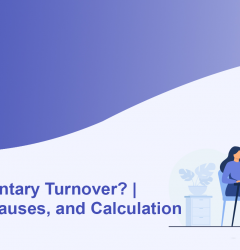
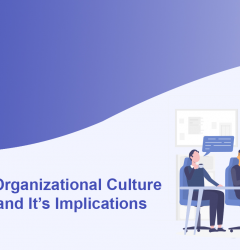
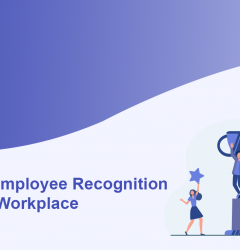









Leon Reingold